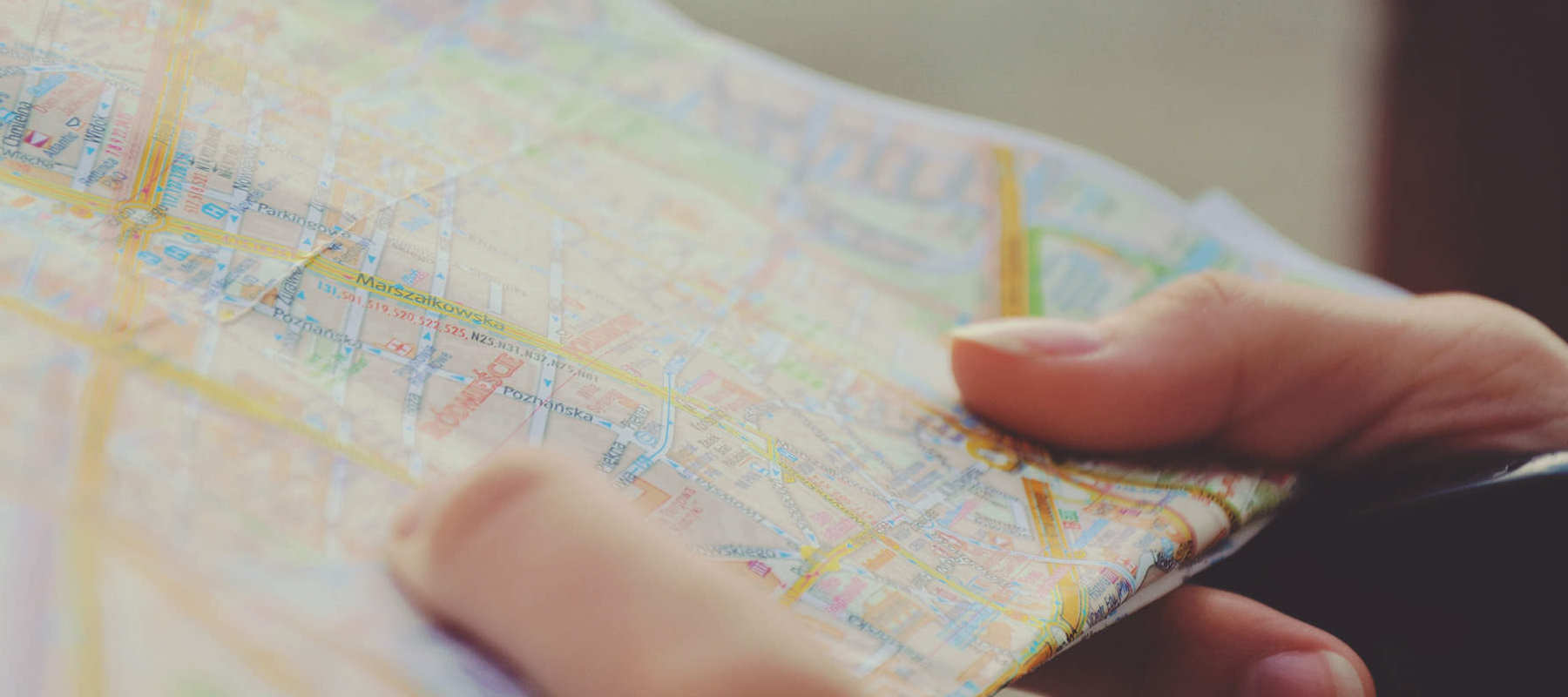
Call 0330 880 3600 Calls may be monitored or recorded. Opening Times.
- TRAVEL INSURANCE
- COVID-19 ENHANCED COVER
- More Options
- Help & Advice
- Existing Customers

Call 0330 880 3600 Calls may be monitored or recorded. Opening Times.

Need help?
UK Customer Services0330 880 3600*
Open Monday to Friday 9:00am to 6pm, Saturday 8:30am to 4pm and closed Sundays.
*Calls are recorded for training and quality purposes.

Official name: Islamic Republic of Iran
Capital city: Tehran
Languages spoken: Persian, Farsi, Azeri, Kurdish, Luri, Arabic
Population: Around 89 million
Currency: Iranian rial (IRR)
Time zone: GMT+3:30
Driving side: Right
Climate: Ranges from arid desert heat to snowy mountain winters, with long hot summers and mild but often wet winters in the north
Iran is a country of striking contrasts – from the deserts of Yazd to the lush forests near the Caspian Sea, and from the bustling streets of Tehran to the ancient ruins of Persepolis. It has a rich cultural and historical heritage, shaped by Persian empires, Islamic art, and vibrant traditions. However, it is also a destination shaped by complex politics.
Ongoing tensions with Western nations, strict internal laws, and periodic unrest mean that the political and security situation can change quickly. Protests, sanctions, and regional instability (including conflicts in neighbouring countries) have a direct effect on daily life and travel. Travellers should always check the latest Foreign, Commonwealth & Development Office guidance before planning a visit. Despite these challenges, many who do travel to Iran remark on the warmth and hospitality of its people, the grandeur of its architecture, and the depth of its history.
Iran is the second-largest country in the Middle East, bordered by Iraq, Turkey, Armenia, Azerbaijan, Turkmenistan, Afghanistan, and Pakistan, with coastlines along both the Caspian Sea and the Persian Gulf. Its terrain includes vast deserts, high mountain ranges such as the Zagros and Alborz, and fertile plains in the north. Earthquakes are a regular risk due to Iran’s location on major fault lines.
International flights arrive mainly at Tehran Imam Khomeini International Airport. Domestic travel is extensive, with an affordable and well-used network of trains, buses, and domestic flights. Roads are generally good, but driving can be hazardous due to local driving habits. Foreign travellers must respect strict cultural laws, including dress codes and restrictions on photography in certain areas. Internet access is widespread but heavily censored, and many social media platforms are restricted.
Most travellers need a visa to enter Iran, which must usually be obtained in advance. UK citizens face additional restrictions, and independent travel may be limited; in many cases, tours or local sponsorships are required. The British Embassy in Tehran is closed, but the UK is represented through the Swiss Embassy. Consular support is therefore extremely limited.
The official currency is the Iranian rial (IRR), though the toman (a unit equivalent to 10 rials) is commonly used in everyday conversation. Credit and debit cards issued outside Iran do not work due to sanctions, so all visitors should bring sufficient cash (usually US dollars or euros) to exchange. Currency exchange should only be done at licensed bureaux or banks.
Healthcare facilities in Tehran and other large cities are generally of good quality, but much more limited in rural areas. Travel insurance with medical evacuation cover is strongly advised. Tap water in urban areas is usually safe but bottled water is recommended for visitors. Air pollution in Tehran can be severe, especially during the colder months.